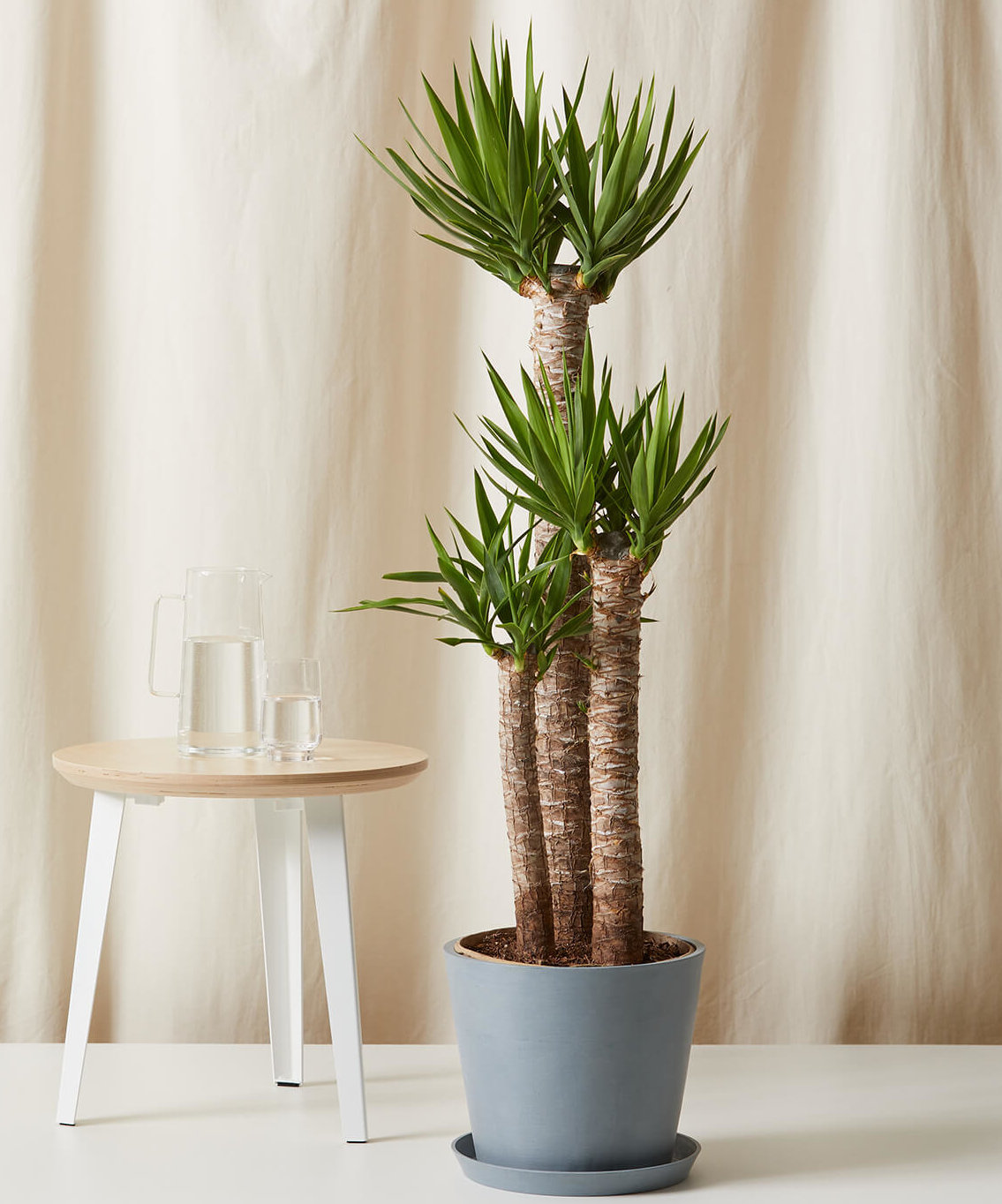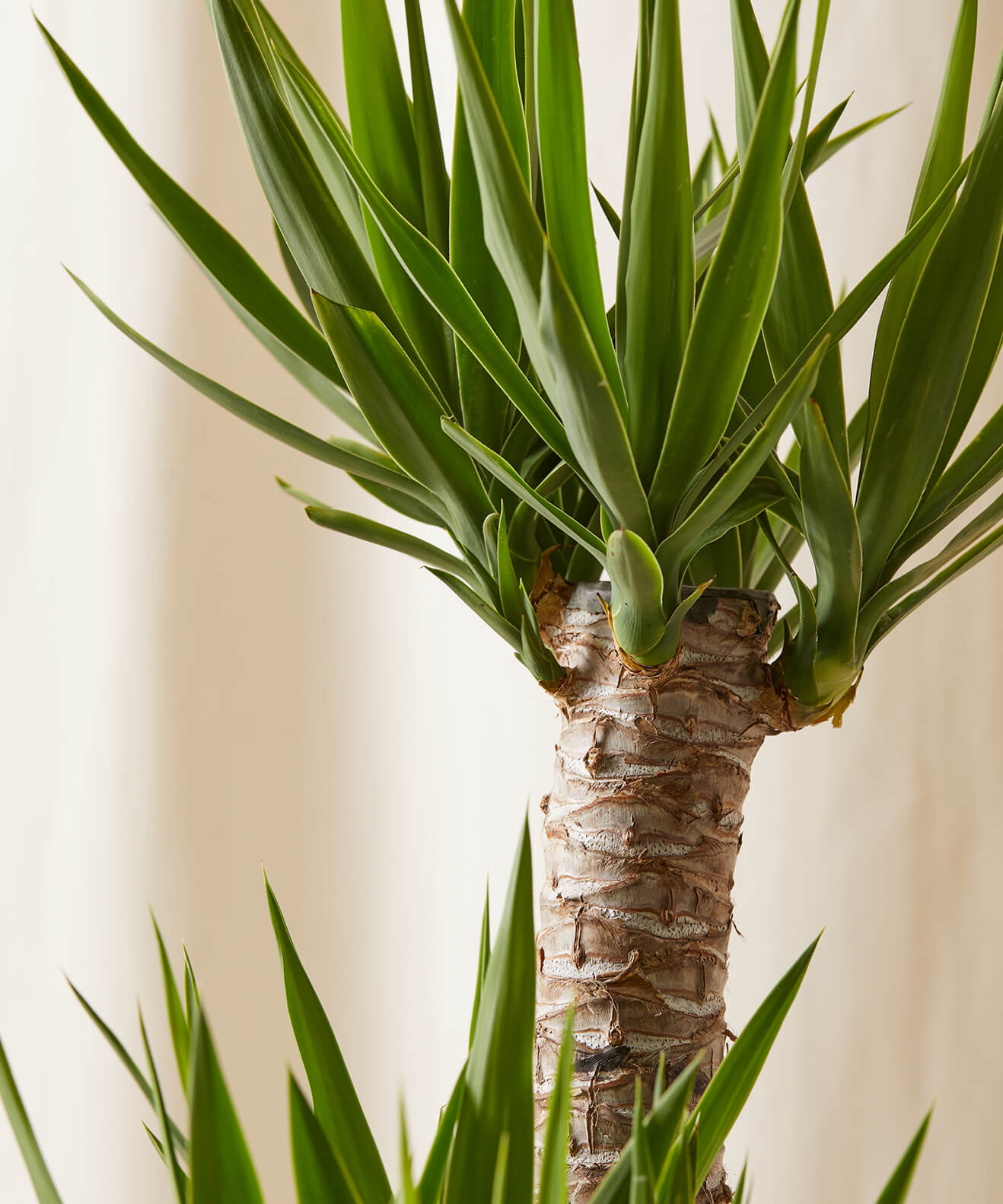The Yucca Cane: A Resilient Desert Dweller
The Yucca cane, a striking and versatile plant, is a symbol of resilience in arid and semi-arid regions. This fascinating plant, belonging to the genus Yucca, is renowned for its unique appearance, remarkable adaptability, and numerous uses. This article delves into the various aspects of the Yucca cane, exploring its characteristics, distribution, ecological significance, and its multifaceted role in human societies.
1. Botanical Characteristics
Yucca cane plants are characterized by their distinctive architecture. They typically possess a stout, woody trunk that can reach considerable heights, sometimes exceeding 20 feet. From this central trunk, a rosette of long, stiff, and sword-shaped leaves emerges. These leaves are typically green but can vary in color depending on the species, ranging from bluish-green to grayish-green.
Yucca plants are renowned for their unique reproductive strategy. They exhibit a fascinating symbiotic relationship with yucca moths. These moths are the sole pollinators of Yucca plants, and in turn, the Yucca moth larvae rely on the Yucca plant for sustenance. The female moth carefully collects pollen from the Yucca flower and meticulously deposits it on the stigma, ensuring pollination. In return, she lays her eggs within the developing fruit of the Yucca plant. The Yucca moth larvae then consume some of the developing seeds, but typically leave enough for the plant to reproduce.
2. Distribution and Habitat

Yucca plants are primarily native to the arid and semi-arid regions of the Americas, ranging from the southwestern United States and Mexico to Central and South America. They thrive in diverse habitats, including deserts, grasslands, and scrublands. Their adaptability to harsh conditions, such as drought, extreme temperatures, and poor soil, has contributed to their widespread distribution.
3. Ecological Significance
Yucca plants play a crucial role in the ecosystems they inhabit. Their deep root systems help to stabilize soils, preventing erosion and conserving moisture. The dense stands of Yucca plants provide shelter and nesting sites for various wildlife, including birds, reptiles, and small mammals. Additionally, the flowers of Yucca plants provide a valuable source of nectar and pollen for pollinators, such as bees and hummingbirds.
4. Human Uses
Yucca plants have been utilized by humans for centuries. The leaves of many Yucca species are rich in fibers, which have been traditionally used to make rope, baskets, sandals, and other woven items. The strong and durable fibers of the Yucca plant have also been used to make clothing, including skirts, bags, and even armor.
The flowers of certain Yucca species are edible and have been consumed by indigenous peoples for generations. They can be eaten fresh, cooked, or dried and ground into flour. The fruits of some Yucca species are also edible and can be consumed fresh or cooked.

In addition to their culinary and textile uses, Yucca plants have medicinal properties. Various parts of the plant, including the roots, leaves, and flowers, have been used in traditional medicine to treat a range of ailments, such as inflammation, pain, and skin conditions.
5. Cultivation and Conservation
Yucca plants are relatively easy to cultivate in suitable climates. They are drought-tolerant and require minimal water once established. However, they prefer well-drained soil and full sun exposure.
Conservation efforts are crucial to protect the diverse species of Yucca plants and their associated ecosystems. Habitat loss due to human activities, such as urbanization and agriculture, poses a significant threat to many Yucca species. Overharvesting of plant parts for commercial purposes can also impact populations.
6. Cultural Significance
Yucca plants hold significant cultural importance for many indigenous peoples of the Americas. They have been incorporated into various aspects of their cultures, including art, religion, and mythology. The Yucca plant often symbolizes resilience, strength, and adaptability, reflecting the ability of these plants to thrive in challenging environments.
7. Conclusion

The Yucca cane is a remarkable plant that exemplifies the resilience and adaptability of life in arid environments. Its unique characteristics, ecological significance, and diverse uses have made it an invaluable resource for both humans and wildlife. As we continue to appreciate the importance of biodiversity and sustainable practices, it is crucial to conserve Yucca plants and their habitats for future generations.
This article provides a general overview of the Yucca cane. Further research and exploration are necessary to fully understand the diverse world of Yucca plants and their multifaceted roles in the natural world.
I hope this comprehensive article provides valuable insights into the fascinating world of the Yucca cane.
